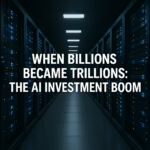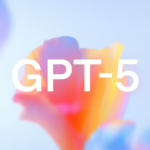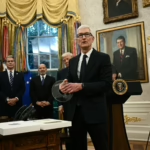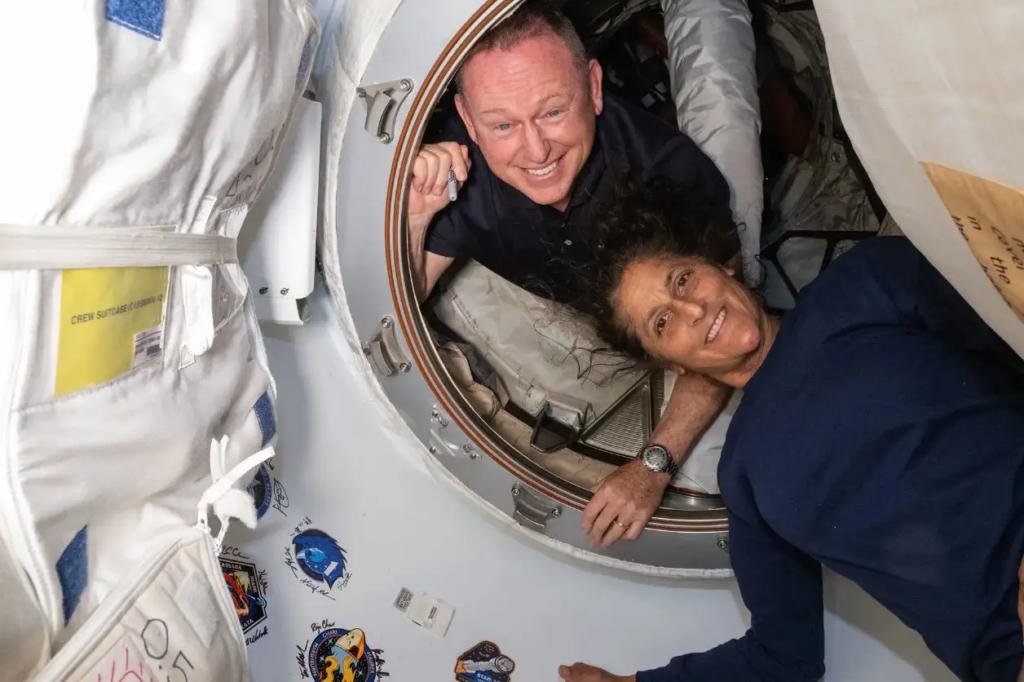- The ATOM Project (American Truly Open Models) unveiled today aims to rival Chinese dominance in open‑source AI by funding major U.S. development efforts.
- With support from OpenAI, Hugging Face, Stanford and Nvidia, the initiative pledges access to 10,000 GPUs and $100 million in infrastructure and talent investments.
- Advocates say the program will empower smaller developers and restore American influence over transparent, community‑driven AI models.
A New Front in the AI Arms Race
A major new initiative has launched to reassert U.S. influence in open‑source artificial intelligence. The ATOM Project—short for American Truly Open Models—was announced today with backing from leading AI institutions. Designed to close the gap with Chinese open‑source models, ATOM is pledging $100 million in funding and access to 10,000 GPUs to support the creation of powerful, freely available AI systems.
Why It Matters
China currently dominates the open‑source AI domain: according to benchmark analysis, five of the top 15 models in the space come from Chinese research teams—with four released just in July, and none from U.S. developers. This growing imbalance threatens to shift global AI innovation toward proprietary ecosystems and research silos.
A Coalition with Grand Ambition
ATOM brings together heavyweights across industry and academia—OpenAI, Hugging Face, Stanford University, Nvidia, and others. Nathan Lambert, the project’s founder, emphasized that success hinges on coordination, sustained funding, and legal protections. He stressed previous U.S. efforts faltered due to underfunding and regulatory risk, undermining long‑term viability.
In its early stages, ATOM plans to allocate GPUs and resources to build at least one or two high‑performance open models that can be freely distributed and collaborated on by the community. The goal: ensure transparency, innovation resilience, and democratic access to cutting‑edge tools.
Expert Insight
A spokesperson from Hugging Face described the initiative as a “watershed moment” for open AI innovation in America, adding that widespread access to compute infrastructure could empower small teams to compete on the global stage. A senior Nvidia engineer, speaking under anonymity, remarked that “this signals a shift in how the U.S. approaches national AI capability—no longer just relying on closed commercial giants.”
Potential upsides:
• Revitalizing U.S. leadership in open‑source AI could fuel innovation across health, education, and scientific research by making powerful tools widely available.
• Smaller organizations and individual developers stand to benefit, reducing dependence on proprietary platforms.
Risks and unknowns:
• The initiative faces challenges around sustaining funding long‑term and managing intellectual‑property risks.
• If not carefully governed, open models could be misused for disinformation, surveillance, or weaponization—echoing broader concerns over AI safety and alignment.
• Ensuring contributions from diverse communities and avoiding centralization under ATOM leadership will be vital for preserving open‑source ethos.
What Comes Next?
ATOM is expected to begin model training in the coming months, with progress reports slated for early 2026. If initial models demonstrate competitive performance and remain fully open‑source, ATOM’s backers plan to expand access to grant programs and research fellowships.
The broader significance lies in redefining the global AI landscape. As authoritarian systems push proprietary closed‑source tools, ATOM offers a counter‑narrative: that open innovation can remain secure, inclusive, and world‑class.
The ATOM Project marks a pivotal moment in AI history: a direct response to rising global competition in open‑source models and a reaffirmation of U.S. commitment to accessible innovation. With substantial resources and high‑profile institutional support, ATOM‑championed models could shift the tectonic plates of AI development—paving a path toward technologies that are transparent, equitable, and resilient.
Whether ATOM becomes a lasting movement or another flash in the pan will depend on execution, governance, and the global response. But for now, the project signals a serious attempt to reclaim leadership—and reshape how the AI world builds, shares, and governs its most powerful tools.





